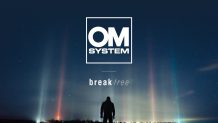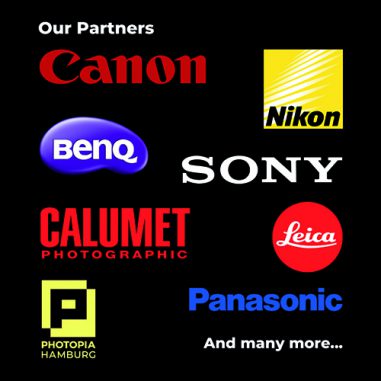Kodak has been doing well in both departments with its active matrix organic light emitting diode (AM OLED) technology. On the glamour side, Intel, the world’s largest chip maker and a leading manufacturer of computer, networking, and communications products, used a high-definition Kodak NuVue display in the prototype of a new type of electronic gadget called a “universal communicator”. The unit, a highly evolved cellphone/PDA/what-have-you device, was demonstrated at the recent Intel Developer Forum by Intel’s Chief Technology Officer, Pat Gelsinger. It will handle “simultaneous data and voice sessions and rich media that scales across network connections” using a planned new Intel microprocessor code-named “Bulverde”, which adds several new features to help wireless devices capture higher quality pictures, extend battery life and deliver fast multimedia performance.
On the practical side, earlier this year Kodak itself introduced the world’s first product with a full-color AM OLED display, the Kodak EasyShare LS633 zoom digital camera. The LS633’s OLED display is made by a joint manufacturing program between Kodak and Sanyo Electric Co., Ltd. Subsequently the company introduced the EasyShare DX6440, also with an OLED display.
And Kodak has licensed Truly International Holdings Limited of Hong Kong, currently a leading manufacturer of liquid crystal displays (LCD) and consumer electronics products, to make and sell the passive matrix version of Kodak’s OLED displays. Truly International Holdings is now one of more than a dozen companies that have licensed Kodak’s OLED technology.
News reports say Truly plans to invest up to $77 million for OLED development. Its Guangdong OLED production line will initially have a production capacity of 200,000 cellphone panels per month, with a final capacity of 1,000,000 panels per month.






